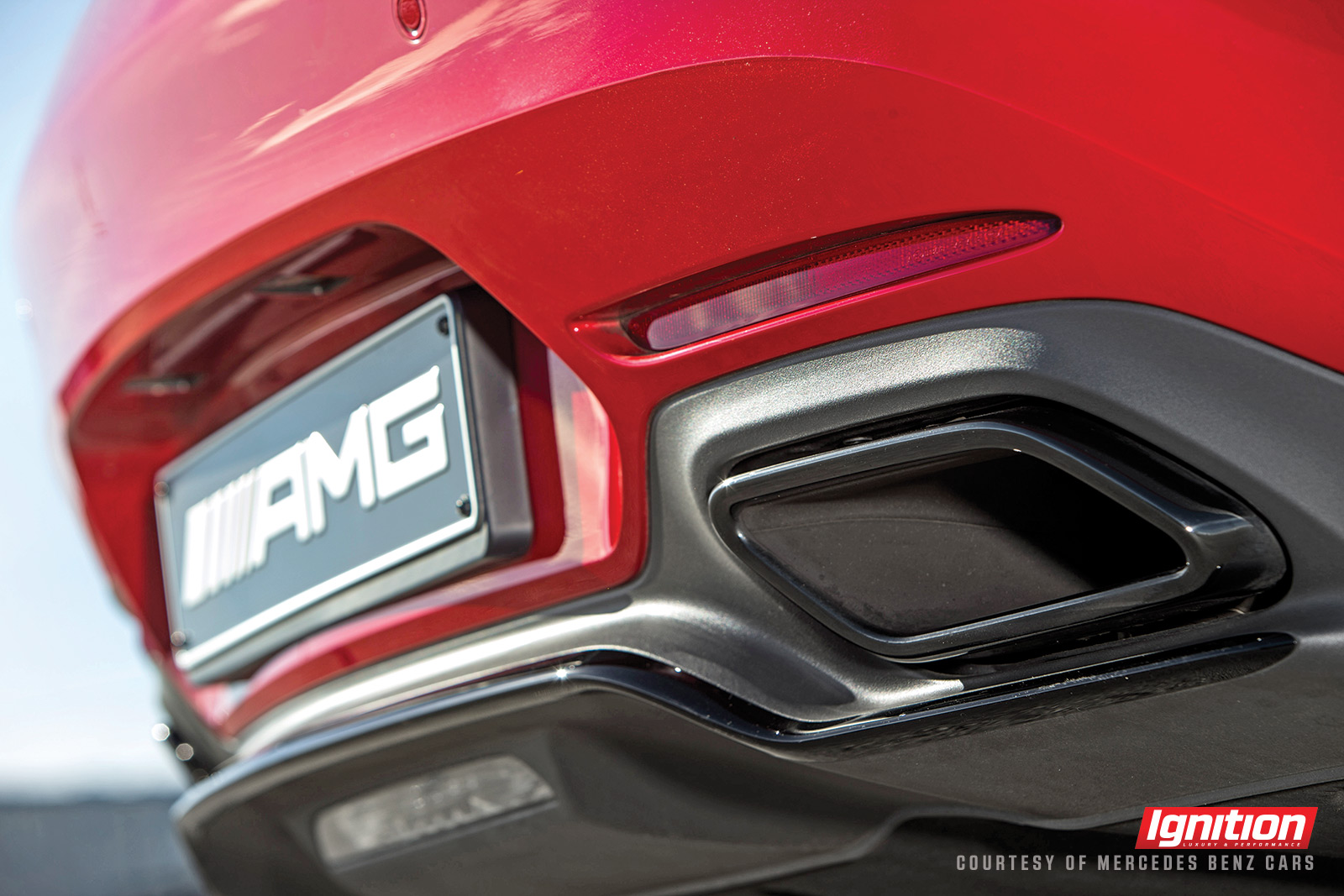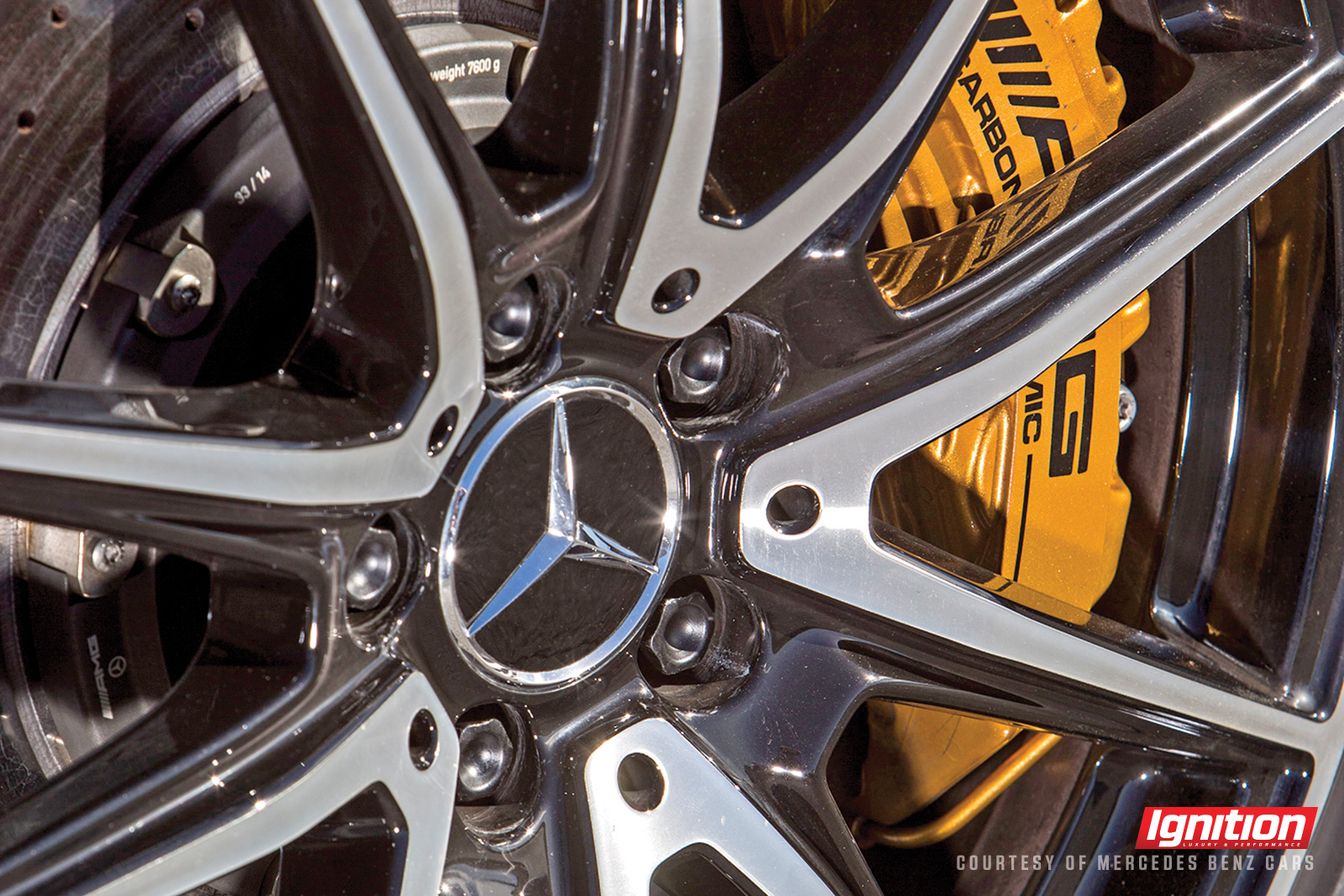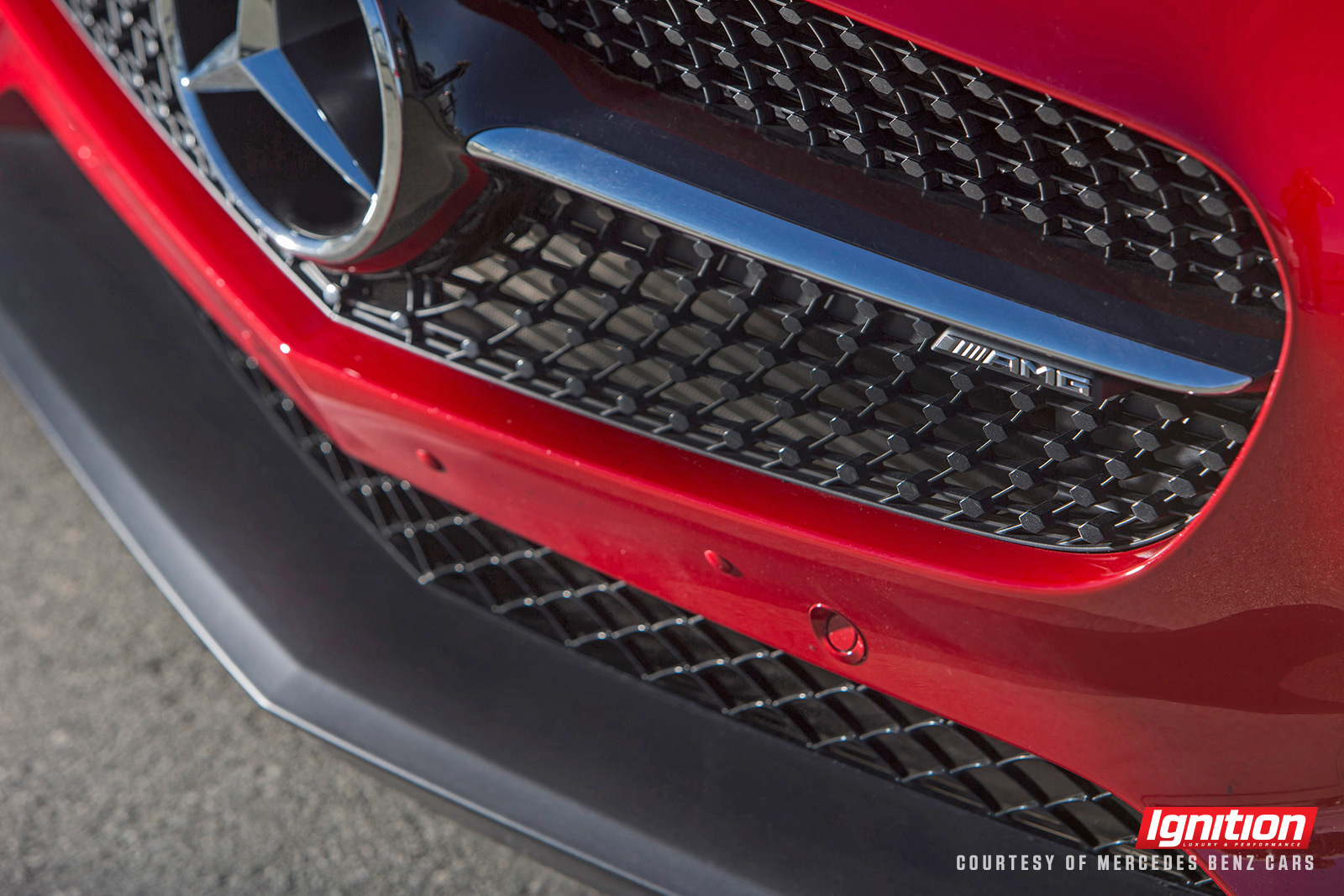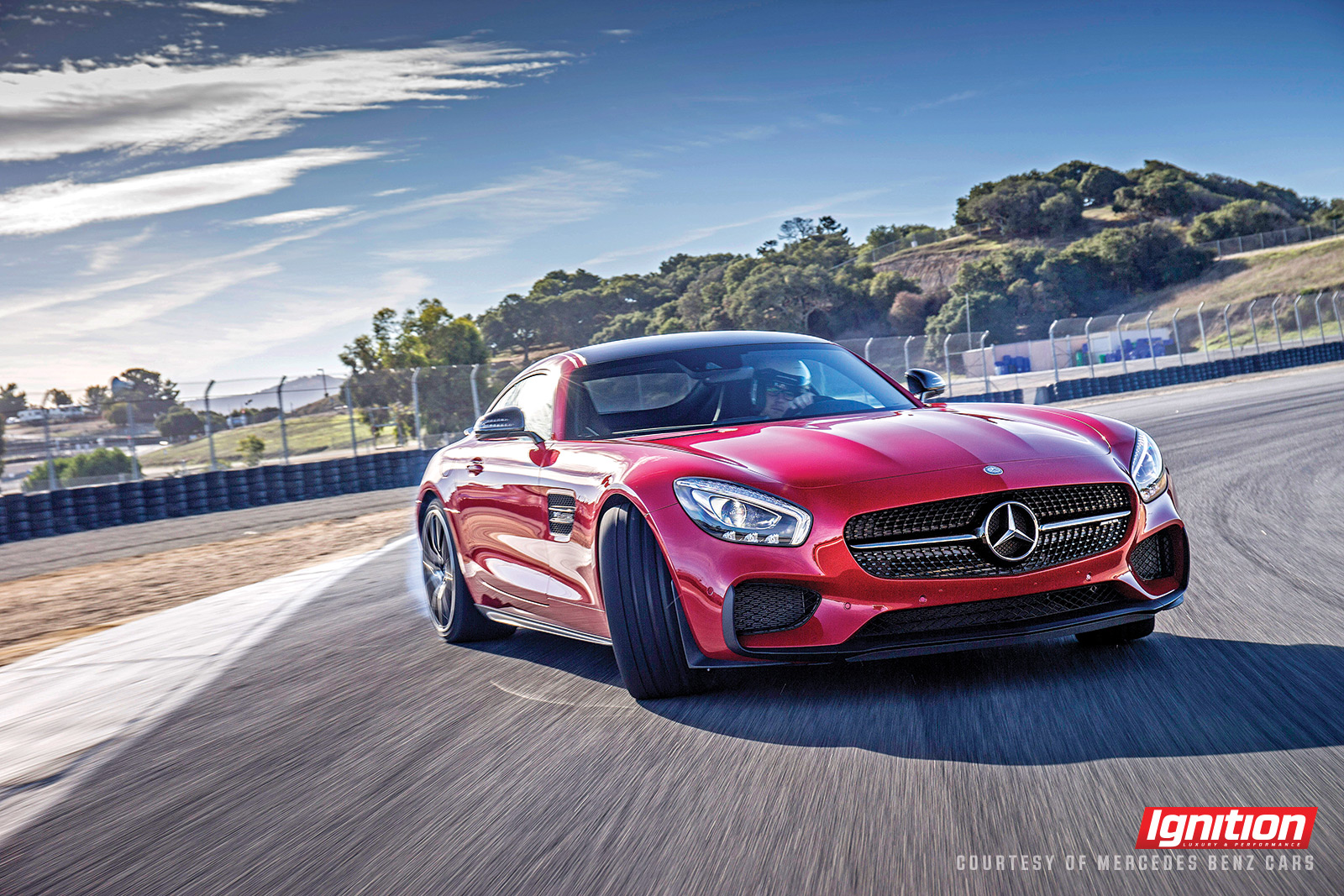
Salinas, Calif. – The CEO of Mercedes-AMG, Tobias Moers, is purposefully evasive when he talks about his latest creation, the Mercedes-AMG GT. Or maybe he’s just confident. Or mysterious. Whatever the case may be, a brief interview with him in between track sessions at Laguna Seca does help to bring added perspective to this new supercar.
First of all, despite the use of the name “GT,” this particular AMG is not a “gran turismo.” Not even close. “It’s just a name,” Moers says matter-of-factly. The earliest impressions of the launch version – the GT S – were gathered during a drive from San Francisco on public roads; they confirmed that it’s more sports car than GT. In an almost identical program to the SLS gullwing launch in 2009, we skirted the coast, battled traffic and headed south, then inland to the historic and daunting racetrack.
This drive proved that the suspension system on the GT S is firm for everyday use and the sport seats need more lumbar support over bumpy roads – exactly the same feedback the SLS inspired. One of the AMG representatives suggested that a softer suspension system for the new car could be brought to markets with roads that are not so smooth. (The eventual “base model” could conceivably have this feature.)
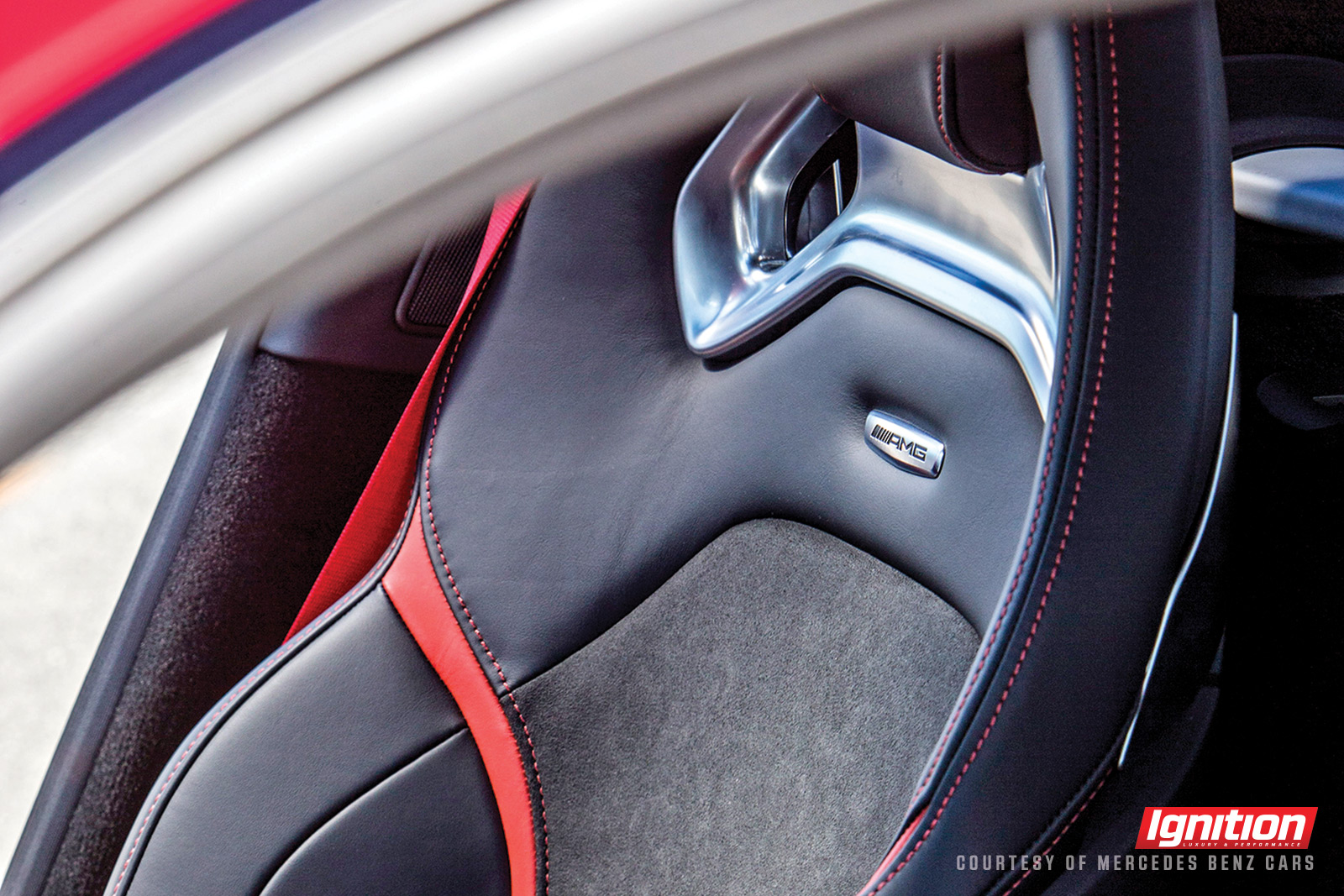
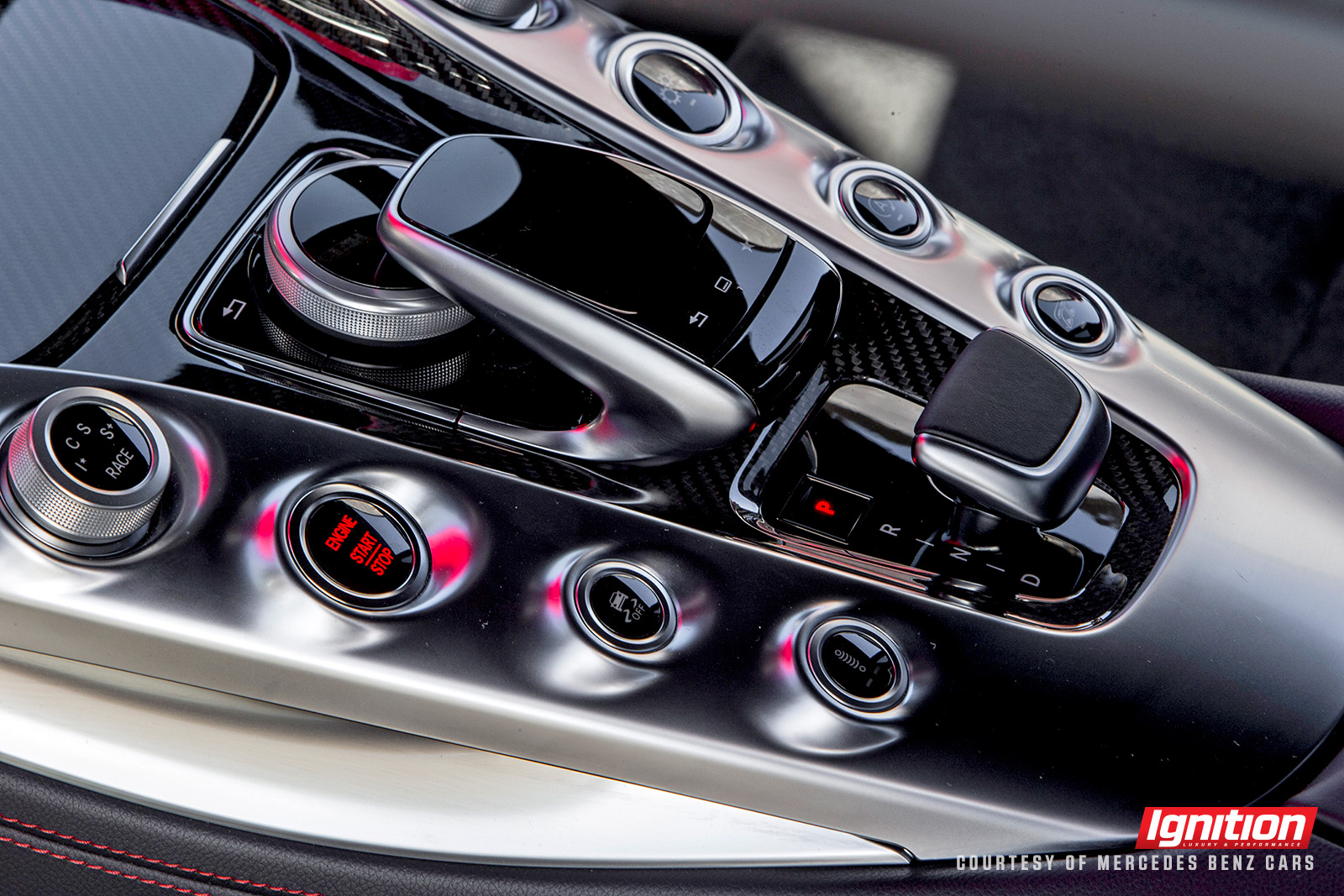
Also, while the passenger cabin of the GT S is certainly beautiful and luxurious, it’s a different kind of beauty and luxury compared to the other high-priced cars in the Mercedes fleet, such as the SClass Coupe. The quality of materials and finishes is uniformly excellent, but there are ergonomic restrictions placed on a two-seater that just don’t exist in a more passenger-friendly car. In other words, everything in the GT cockpit is clearly focused on driver engagement and not necessarily on comfort. The second fast fact: the Mercedes-AMG GT is not a replacement for the Mercedes- Benz SLS AMG.
Well, that’s the company line according to Moers, even if every single article on the new car will hasten to mention its predecessor. He describes the SLS as having a limited lifespan from the moment of conception; their first attempt at manufacturing a supercar entirely in-house; a project car that was always meant to pave the way for future activities rather than be part of the line-up forever. Still, there’s no doubt the AMG GT is a direct descendant of the SLS AMG – the two cars share components, are visually similar and have a consistent approach to generating performance. The common consensus is that the new car nicely fills a gap created by the departure of the old car. The biggest difference between the two? Not performance, but price.
The SLS was a very expensive car, with the 2014 version of the “base” gullwing coupe starting at a staggering $202,000 USD. When the base version of the Mercedes-AMG GT arrives in 2016 (the GT S will be here first, later this year), it’s expected to cost about $70K less. When you take into account the relative performance levels of the two cars, the AMG GT appears to off er stunning value.
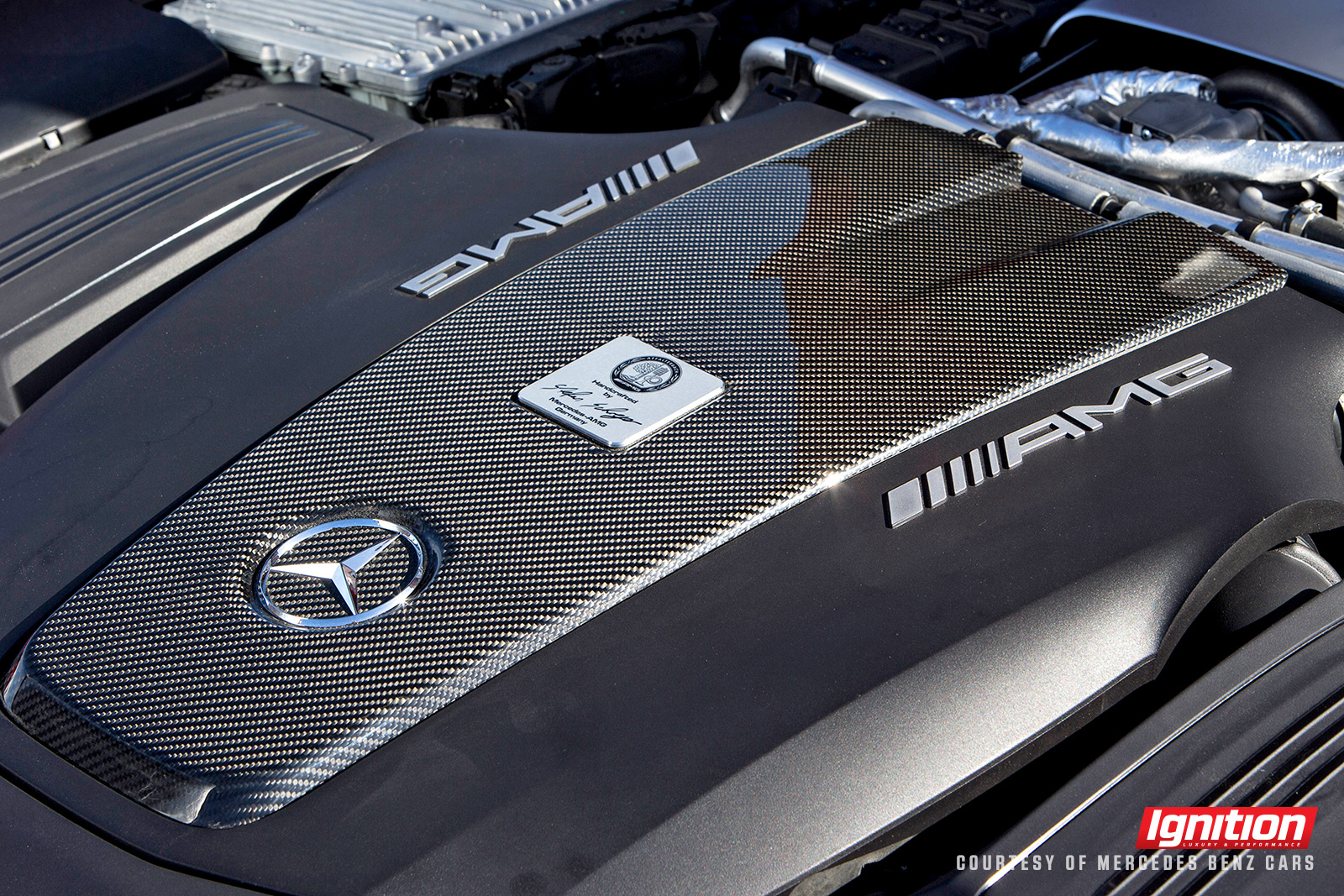

The production SLS AMG was powered by a 6.2-litre V8 (which was labeled a 6.3) that developed between 563-622 horsepower and 468-479 lb-ft of torque, depending on the version. The quickest of the iterations accelerated from 0-100 km/h in about 3.5 seconds and had a reported top speed of 328 km/h.
The AMG GT features a twin-turbocharged 4.0-litre V8 that is, according to Mercedes, the first sports car engine with turbochargers mounted inside the cylinder banks, a design called “hot inside V.” This layout enables better response and a more compact design overall. The reason for the engine swap is simple: the new V8 is smaller, lighter and more fuel-efficient than the old.
The first two versions of the new car – the GT and the GT S – will be powered by this same engine, but with different levels of boost. In GT trim, the twinturbo V8 will develop 456 horsepower while the GT S will roar ahead with 503. The AMG-GT doesn’t appear to match the SLS in terms of straight-line performance, but it’s important to bear in mind that faster iterations are coming, something Moers has confirmed by forecasting the eventual arrival of Black Series and GT3 race versions.
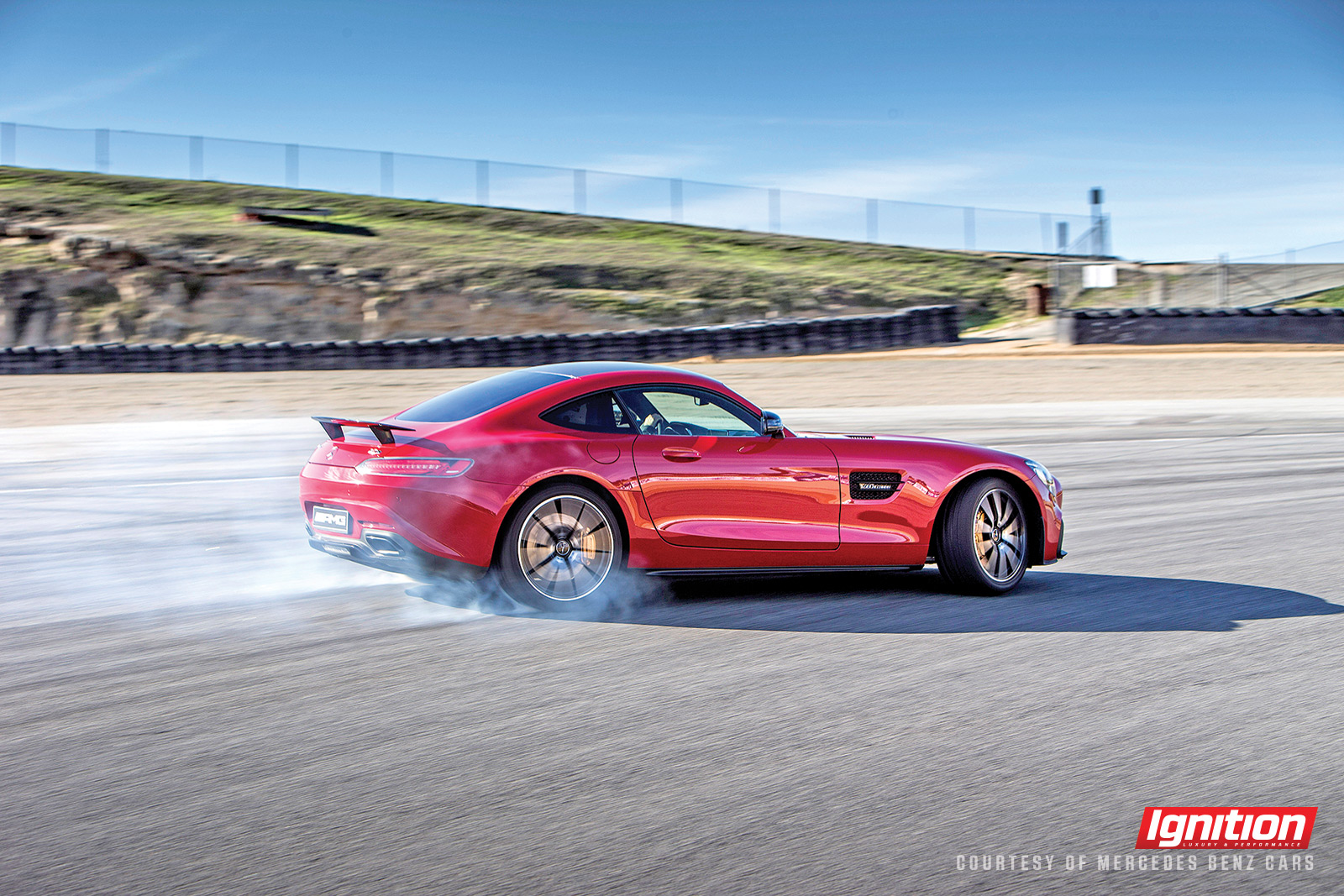
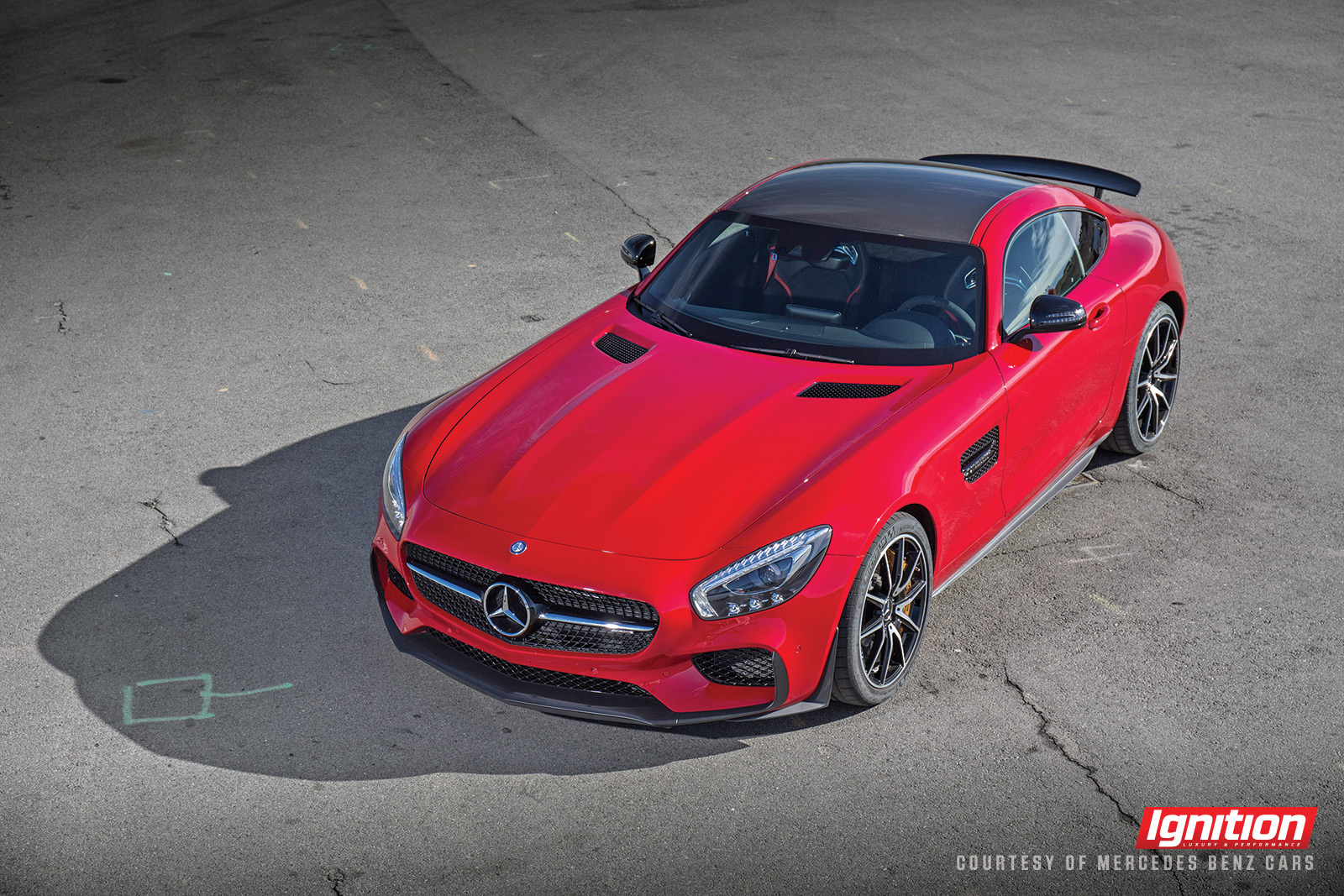
As tested, the GT S version has an estimated 0-100 km/h time of 3.9 seconds and a top speed of 311 km/h. But the new engine contributes to the startling fuel effi ciency of the base version – the estimated combined rating of 9.3 L/100 km would make it the absolute supersports class leader. The GT S is only marginally thirstier.
There are other similarities between the SLS and the GT: both are two-seaters with a front-mid engine/rear-drive layout. The seven-speed dual-clutch automatic transmission is a direct carryover from the SLS. So too, is the front suspension system. The main differences: the AMG GT features a shorter wheelbase, taller profile and lower curb weight.
The concept behind the GT is that it would be a more affordable, more approachable supersports car; this direction led to the decision to dispense with the gullwing doors of the SLS, a particularly tricky feature when engineering as low a centre of gravity as possible. Moers denied the decision to go with conventional doors was related to CoG, but this certainly would’ve made things easier for the engineering team.
New car launch events held at racetracks are a great thing. Of course, they can be a massive amount of fun. More than that, though, they can off er more insight into how confident the engineers feel about their work. Without question, Moers is chuffed about this car; the fact he is an engineer himself, and was the first person to drive the working prototype of the GT adds further strength to his resolute demeanour.
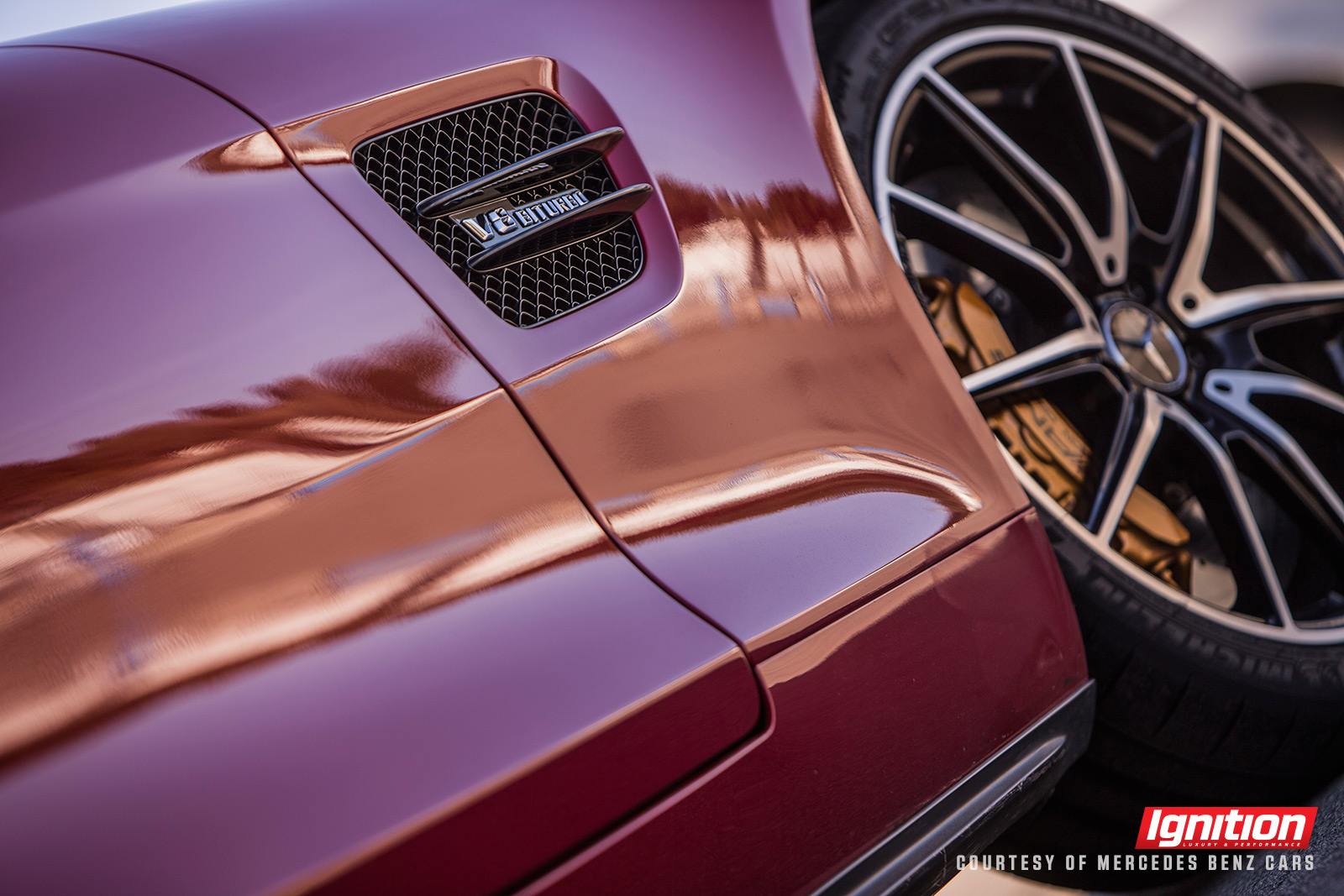

This is not always the case at new car launches, even for new cars that are marketed as being “track-ready.” We’ve seen new cars fitted with extra coolers just to make sure they lasted a day without overheating. We’ve seen tires chewed to pieces in a few hours. We’ve been instructed to do just one hot lap at a time because the brakes couldn’t last longer without fading to pieces.
Here’s what happened at the launch of the GT S: despite the smattering of rain, the instructors from the AMG Driving Academy encouraged testers to start out in the most extreme of the four driver-selectable settings: track. This was a surprise… until we actually took to the track.
(Note: For the drive to the track, we were given various versions of the GT S. At the track, we drove the GT S Edition 1, the launch edition that features a different front splitter, a fixed rear spoiler, a carbon fibre roof and 10-spoke lightalloy wheels.)
Within a few laps, key aspects of the car revealed themselves. It does not feel ridiculously fast like the faster versions of the SLS or the SLR McLaren. But this could well be because the new car feels so easy to control at the limits, so manageable and so predictable. When things aren’t happening in a panic, everything feels like slow motion.
A few sessions with the last of the driver aids engaged and it was time to turn all the systems off. It was at this point that one thing became clear: the GT S behaves exactly as you would expect a proper sports car should behave. The steering wheel produces direct, linear responses. The dual-clutch transmission, triggered by paddle shifters, is crisp and quick. The low centre of gravity, weight distribution and aerodynamics on the car – combined with the Michelin Pilot Sport Cup tires – produce significant downforce and fantastic cornering capabilities. The electronically-controlled locking rear differential – a magical piece of design – pitches in to help further manage the cornering forces.
Then, when the limits of adhesion are exceeded, when all of this engineering proves not enough to keep pace with the twin-turbo engine sending power to those large rear wheels, the latest AMG proves it is just as impressive at drifting.
The 2016 Mercedes-AMG GT S is a brilliant car and is certainly a very serious competitor for the class-leading Porsche 911, which Moers admits was the target from the outset. Perhaps more interestingly, the GT S makes us wonder just how good future versions of this new AMG supercar will be?
